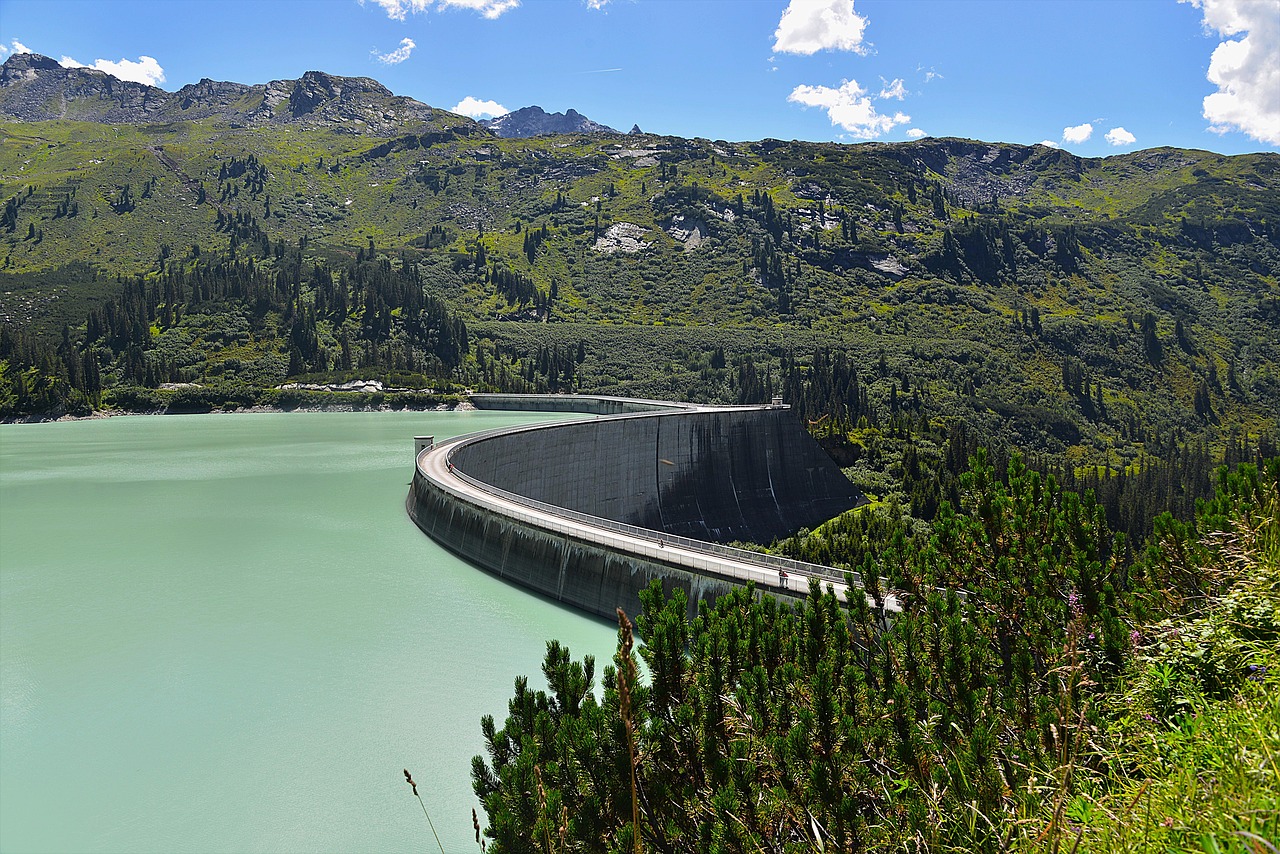The water crisis in Cape Town, occurred due to a period of severe water scarcity in the Western Cape region, in South Africa. The city’s water crisis intensified during the period of 2017 to 2018. The city was in the grip of the worst drought recorded in over 100 years.
There were mentions of plans for Day Zero, where the water levels of the major dams supplying the city, would fall below 13.5 percent. If Day Zero was implemented, municipal provisions would be switched off and residents would have to line up for their daily ration of water. Water restrictions were executed to curb water usage.
The Fall and Recovery of Water Scarcity in Cape Town
The most important factor to take into consideration was the rainfall patterns which were linked to the city’s water shortage. Careful analysis of the early winter drought of April to May in the period of 2015 to 2017 proved the drought very severe and an overall cause for the water crisis.
People started to take the crisis seriously. Water restrictions were put into place and citizens were encouraged to make daily changes in their daily routines. Water conservation was the number one concern in the province, as the constant “Day Zero” was publicized.
The city of Cape Town shortened its daily water usage by more than half to around 500 million liters per day. The fall in water usage, combined with strong rains in June 2018, led dam levels to progressively increase. The result was that the predicted date for the implementation of Day Zero was continually suspended. With the dam levels rising, the city eased up on the water restrictions and the worst of the water crisis was over.
Even if the dam levels improved significantly, and water restrictions were reduced, water rationing remains in place. Now the city is focused on recovery and applying initiatives to help the city mend.
Get water dispenser and water machine from Living-Water Ltd in London.






